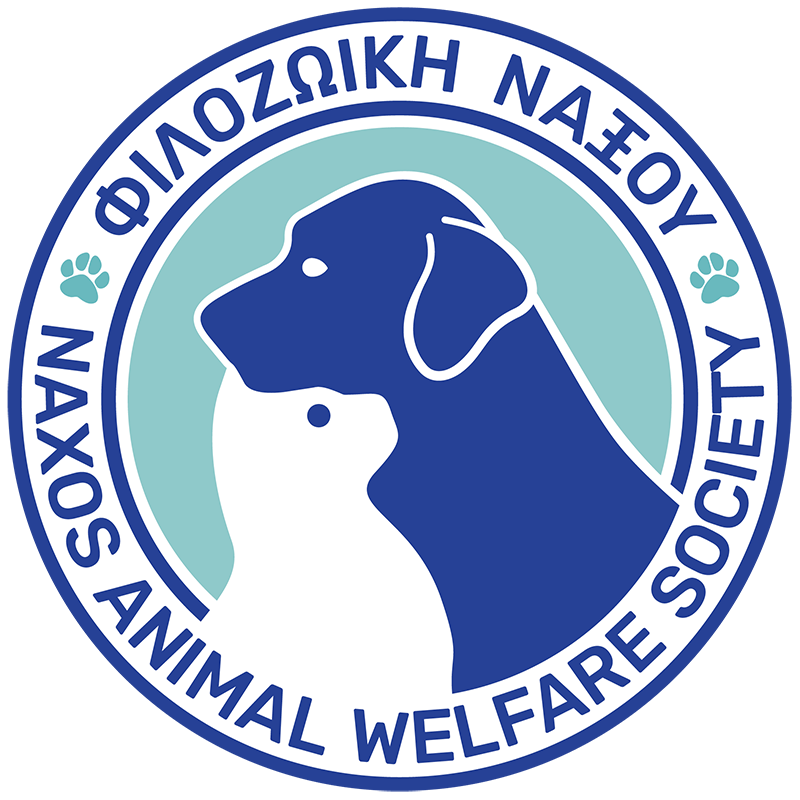Diseases and Treatment
LEISHMANIASIS (KALA-AZAR)
The information was compiled from various medical sources and in particular from “Parasitic Diseases of Animals and Humans”, by Prof S. Haralabidis, University Studio Press, Thessaloniki 2003.
It was printed with a grant from GAWF – Greek Animal Welfare Fund – UK. The percentage of dogs infected each year in Greece with Leishmaniasis ranges from 0.2 to 48.7%, depending on the area.
What is canine Leishmaniasis?
Leishmaniasis (also known as Kala-azar and Dum Dum fever) is a dangerous disease
in which parasites live in the liver, spleen and marrow and reproduce rapidly.
Ninety percent of cases also show cutaneous skin involvement.
Complications set in when the immune system begins to break down. Without treatment,
the parasitic infection results in death within two years of the dog becoming infected.
How is it spread?
The disease is carried by the sand-fly Phlebotomus spp, a tiny insect that lives primarily
in the Mediterranean area. This sand-fly (female) bites dogs because she needs a blood meal
in order to deposit fertilized eggs; if she bites an infected animal, she ingests the parasite,
a protozoan parasite Leishmania infantum with the blood; 8 to 10 days after the infecting
meal she can pass it on to other dogs she bites.
There is also evidence that Leishmaniasis can be transmitted without the sand-fly.
Pregnant dogs may pass it on to their offspring through the placenta. The fact that the
disease is showing up in countries where sand flies don’t thrive is evidence that something
other than this insect is spreading Leishmaniasis. There is a great deal of research
going on at the moment;
There are different opinions as to treatment protocol and how it is spread and the verdict
is still out on many issues.
How can you tell if a dog has the disease?
At first, there are no symptoms; only a blood test can detect it.
That’s why vets recommend that your dog’s blood be tested once or twice a year.
Diagnosis is made by immuno-serological techniques in specialized laboratories.
The progress of the disease is slow with the time between infection and appearance of
symptoms varying between a few weeks to a few years.
Are all dogs vulnerable to the disease?
Yes! If an infected sand fly bites a dog, it will get Leishmaniasis; it doesn’t matter
what breed it is, how old it is or how healthy it is, it will get Leishmaniasis.
The parasite can also infect other animals but it seems to prefer dogs; cats, in fact,
are rarely infected. There is no vaccine for the disease.
What are the symptoms?
Overgrown claws, long and rounded, enlarged lymph nodes, spleen and liver,
kidney and liver problems, some areas have total hair loss, hair loss around eyes
makes the dog look as if he is wearing glasses, scabs appear on body, anemia,
loss of appetite or boulimia, fever, nose excretes white discharge, nosebleeds,
muscles atrophy, especially temporal, loss of weight, even if animal eats well,
dandruff on head and back, dull fur with patchy hair growth, gastroenteritis,
multi-arthritis and enteritis may also occur.
Is there any treatment?
Yes! Consult your vet for the best treatment for your pet.
Treatment can reduce the crisis, prolong the life of the dog and the dog may go
into remission. Since the disease can reoccur in the same way that malaria re-occurs,
it may be possible for the parasite to live elsewhere in the body, perhaps in other bodily
fluids – saliva, sores or seminal. Hopefully, current research will soon
come up with definite answers.
Can humans get Leishmaniasis?
Yes, but man is an exceptional host and is bitten in Greece by a different sand-fly
carrying the Leishmania donovani parasite. It is believed that humans cannot get the disease
from an infected sand-fly carrying the Leishmania infantum parasite that bites dogs.
The mean annual rate for the past seven years of infected humans to infected dogs in Greece
is 25 humans for every 100,000 dogs. Humans most vulnerable to the disease are those with an
immature or weakened immune system.
Can humans get Leishmaniasis?
The drug Miltefosine is now available in Greece for the treatment of this disease.
It is expensive but in some cases it can kill the parasite and cure the dog. To find out
if it is a suitable treatment for you, consult your physician.
What can you do to prevent your dog from getting the disease?
- Use Scalibor collars with deltamethrin May to Nov. Other collars do not give any protection.
- Use insect repellent (Autan, Antiphlebotome, Citronella) on dog’s skin after sunset,
especially on the head and around area where dog lives, from May to Nov.
- Use anti-repellent soap to bath dog from May to Nov.
- If your dog sleeps outside, provide protected and clean sleeping quarters off the ground.
- Don’t take or let your dog outside after dusk.
- Have your dog’s blood tested every 6 months.
- Keep informed about the disease to give your animals the best protection you can.

